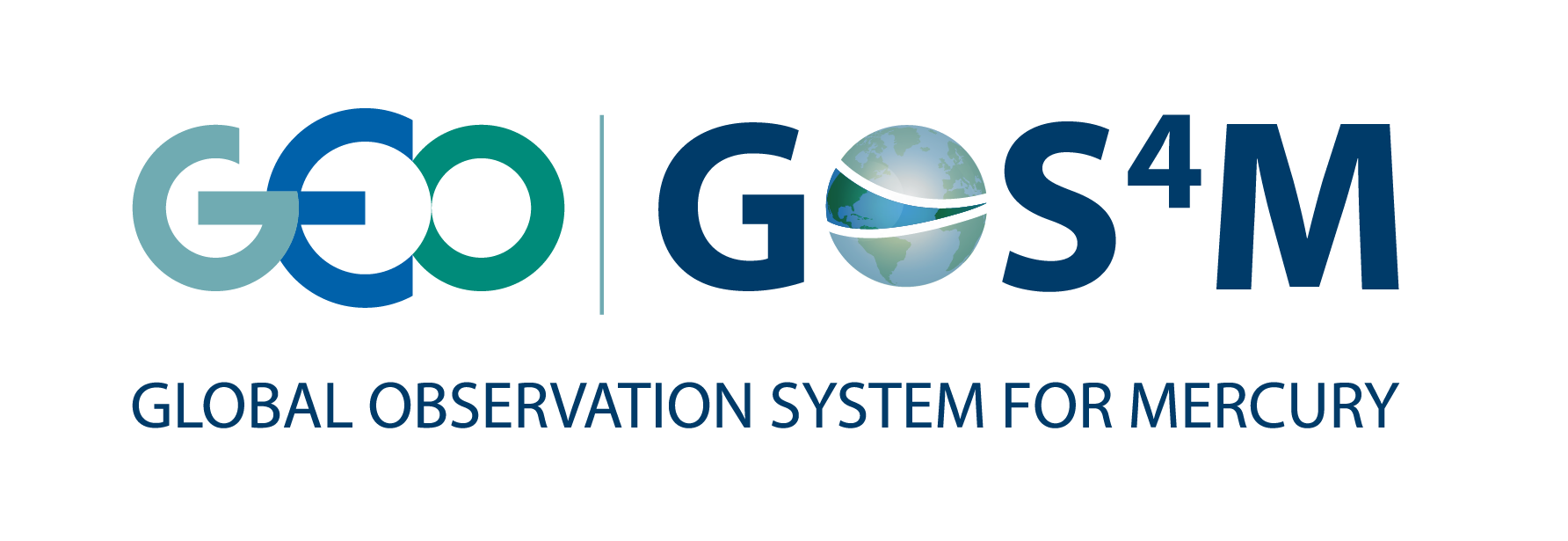GOS4M is aimed to support the MC Secretariat, the UN Environment and all Nations in the implementation of the Minamata Convention on Mercury and the activity related to the Effectiveness Evaluation and Global Monitoring framework. GOS4M is federating existing regional and monitoring network and work closely with Nations in providing assistance and promote capacity building for filling existing geographical gaps in the global monitoring.
GOS4M is built on existing networks and observing infrastructures – currently it provides a link to the Global Mercury Observation System (GMOS – www.gmos.eu), and as soon as the governance will be defined it will include also the existing regional networks like Atmospheric Mercury Network (AMNet), the National Atmospheric Deposition Program (MDN), the Asia-Pacific Mercury Monitoring Network and other national sites. The worldwide observation system for the measurement of atmospheric mercury in ambient air and precipitation will include ground-based monitoring stations, shipboard measurements over the Pacific and Atlantic Oceans and European Seas, and aircraft-based measurements. A specific section reports on mercury in biota in World Oceans with a specific focus on the Mediterranean.
The challange of GOS4M is to foster the sharing of monitoring data and modelling outputs to enable production of applications in support of policy implementation.
Expected outcomes are:
- new web services for reporting information, like for example concentration in atmosphere indifferent World regions, pollutants’ deposition/release in different environmental compartment
(e.g. soil, oceans); - development of co-designed tools to include stakeholder participation in information discovery (e.g. help pregnant women deciding how and which fish eating).
The main impact of GOS4M will be on primary stakeholders, which are parties to the Minamata Convention, governments, IGOs, NGOs and the scientific community. The latter in specific fields shares the interest within the scope of the Flagship and can contribute to gathering information and mobilizing social groups.
